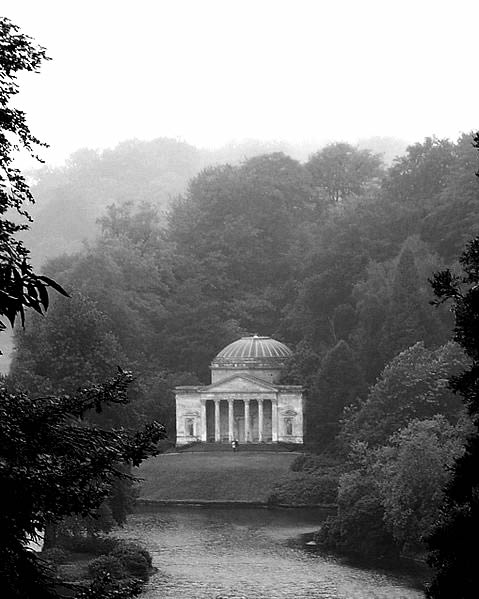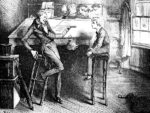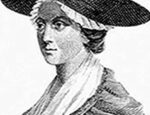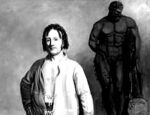Description
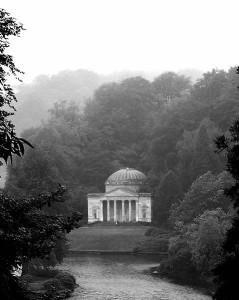
See the Pantheon built at Stourhead, Wiltshire, in the mid-18th century. The men who tried to disguise the mercantile origins of their wealth by creating the Stourhead Neo-Palladian classicizing fantasy were Henry Hoare and his son, also called Henry. Henry Senior, who bought the Stourhead Estate, was himself the son of a successful Smithfield goldsmith, Richard Hoare, who founded the oldest surviving private bank in Britain, C. Hoare & Co. Henry Senior made an enormous fortune out of the South Sea Bubble crisis in 1719. His son Henry Junior (1705-1785) expressed his self-identification as a Hellenistic philosopher-king in the Arcadian landscape he commissioned at Stourhead, with its numerous Neo-Palladian buildings and explicit references to ancient literature. He stated that it was ‘the habit of looking into books and the pursuit of knowledge which distinguishes only the gentleman from the vulgar’. The little Doric temple originally called the Temple of Ceres, built in 1744-5 and later renamed the Temple of Flora, honoured the sources of the river with a temple following a description found in Pliny the Younger’s letters 8.8 [Lat/Eng] of the temple at Clitumnus, near Spoleto (see also Propertius 2.19 [Lat/Eng]).
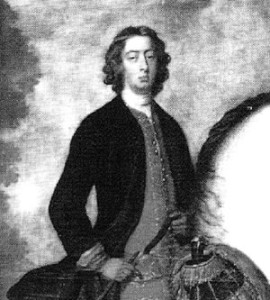 Hoare dedicated the Stourhead Pantheon which he commissioned a few years subsequently to Hercules, who had chosen to pursue virtue rather than pleasure, in order for Hoare visually to represent his own refined taste and his commitment to moral virtue. The Neo-Palladian obsession was partly a way of distinguishing the wealthy nouveau riche who favoured it from the associations of the Baroque – by this point seen as Francophile, unenlightened, decadent and feudal. Indeed, adopting Neo-Palladianism demonstrated to the powerful landed aristocracy that those who cultivated the new architectural idiom were highly educated and cultured Enlightenment gentlemen whose children were entitled to intermarry with the noblest families. Neo-Palladianism masked lower middle-class origins, money accumulated in trade and banking, and helped its adherents to climb to the top of the social ladder.
Hoare dedicated the Stourhead Pantheon which he commissioned a few years subsequently to Hercules, who had chosen to pursue virtue rather than pleasure, in order for Hoare visually to represent his own refined taste and his commitment to moral virtue. The Neo-Palladian obsession was partly a way of distinguishing the wealthy nouveau riche who favoured it from the associations of the Baroque – by this point seen as Francophile, unenlightened, decadent and feudal. Indeed, adopting Neo-Palladianism demonstrated to the powerful landed aristocracy that those who cultivated the new architectural idiom were highly educated and cultured Enlightenment gentlemen whose children were entitled to intermarry with the noblest families. Neo-Palladianism masked lower middle-class origins, money accumulated in trade and banking, and helped its adherents to climb to the top of the social ladder.
n.b. around 1750

